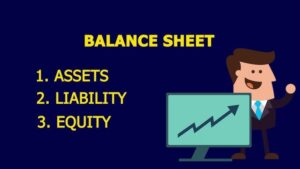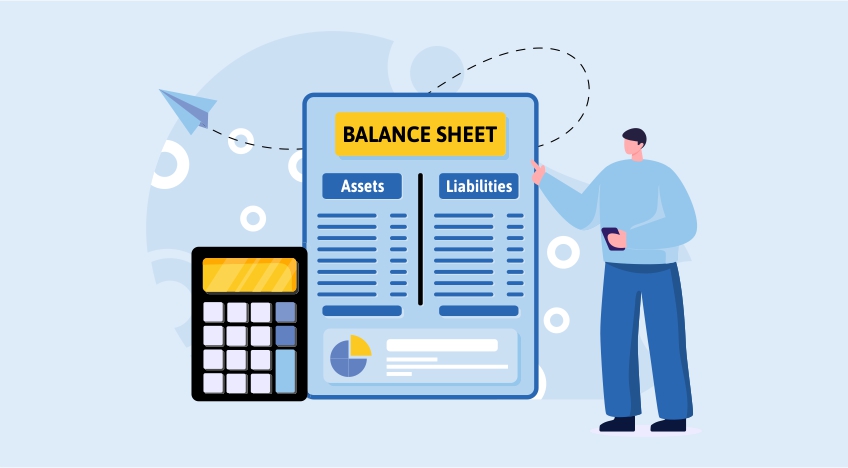![]()

Balance Sheets Draft
Balance Sheets Draft, for online content creators involves summarizing their financial position by presenting their assets, liabilities, and equity.
Flowing’s are the step-by-step guide on how to create a balance sheet:
1. Identify Assets:
Start by listing all the assets owned by the online content creator. This could include equipment like cameras and computers, any investments made, cash in hand or in bank accounts, and any accounts receivable from collaborations or sponsorships.
2. Categorize Liabilities:
Liabilities are the financial obligations of the content creator. This might include outstanding bills, loans, credit card debt, and any other financial obligations that need to be paid.
3. Calculate Equity:
Calculate the equity by subtracting total liabilities from total assets. Equity represents the net worth of the content creator, which includes their initial investments, retained earnings, and other contributions to the business.
4. Organize the Balance Sheets Draft:
Arrange the balance sheets draft in a standard format. The assets should be listed on the left side, followed by liabilities and equity on the right side. This demonstrates the fundamental accounting equation: Assets = Liabilities + Equity.
5. Provide Details:
Include specific details for each asset and liability.
For assets, mention the type (e.g., cash, equipment, investments), current value, and any depreciation. For liabilities, mention the type (e.g., loans, credit card debt), outstanding amount, and due dates.
6. Use Dates:
Mention the specific date for which the balance sheet is being prepared. This helps in tracking changes over time.
7. Ensure Accuracy:
Double-check all the figures and calculations to ensure accuracy. A well-organized and accurate balance sheet is crucial for financial assessment.
8. Compare to Previous Periods:
If available, compare the current balance sheet with previous periods to identify trends in assets, liabilities, and equity. This can provide insights into the financial health of the content creator’s business.
9. Professional Help:
If you’re not familiar with accounting principles, consider seeking help from a professional accountant. They can ensure that the balance sheet is prepared accurately and in compliance with accounting standards.
10. Keep Records:
Maintain a record of the balance sheets draft and other financial statements for future reference. This will also be useful for tax purposes and financial planning.
In summary, drafting a balance sheet for online content creators involves listing assets, categorizing liabilities, calculating equity, and organizing the information in a structured format. It’s essential to accurately represent the financial position of the content creator’s business.
FAQs:
- What is a balance sheet?
A balance sheet is a financial statement that summarizes an individual’s or business’s assets, liabilities, and equity at a specific point in time. - Why do content creators need a balance sheet?
It helps track financial health, assess profitability, and manage budgets effectively. - What are assets in a balance sheet?
Assets are everything the content creator owns, such as cash, equipment, and intellectual property. - What are liabilities?
Liabilities are obligations or debts, like credit card balances, loans, or unpaid invoices. - What is equity?
Equity represents the owner’s interest in the business, calculated as assets minus liabilities. - How do I categorize my assets?
Assets can be categorized into current (easily converted to cash within a year) and non-current (long-term investments or equipment). - What types of liabilities should I include?
Include both current liabilities (due within a year) and long-term liabilities (due in more than a year). - How often should I update my balance sheet?
It’s best to update it regularly—monthly or quarterly—to reflect accurate financial status. - Do I need accounting software to create a balance sheet?
While not required, accounting software can simplify the process and improve accuracy. - Can I use templates for my balance sheet?
Yes, using templates can help streamline the process and ensure you include all necessary components
To visit: https://www.incometax.gov.in

For further details access our website: https://vibrantfinserv.com
